Creative innovation in Roman concrete, commonly known as Opus Caementicium, enabled Romans to build monumental structures of varying scales and proportions. Roman architecture portrayed durability, monumentality and functionality unmatched until modern times. Dr. Admir Masic and Dr. Marie Jackson from the University of Utah, with MIT civil engineer Linda Seymour, are prominent figures in the discovery of self-healing Roman concrete. The team used X-ray diffraction and scanning electron microscopy to study the mineral composition and microstructure with cutting-edge techniques to understand its chemical properties.
What is Roman Concrete?
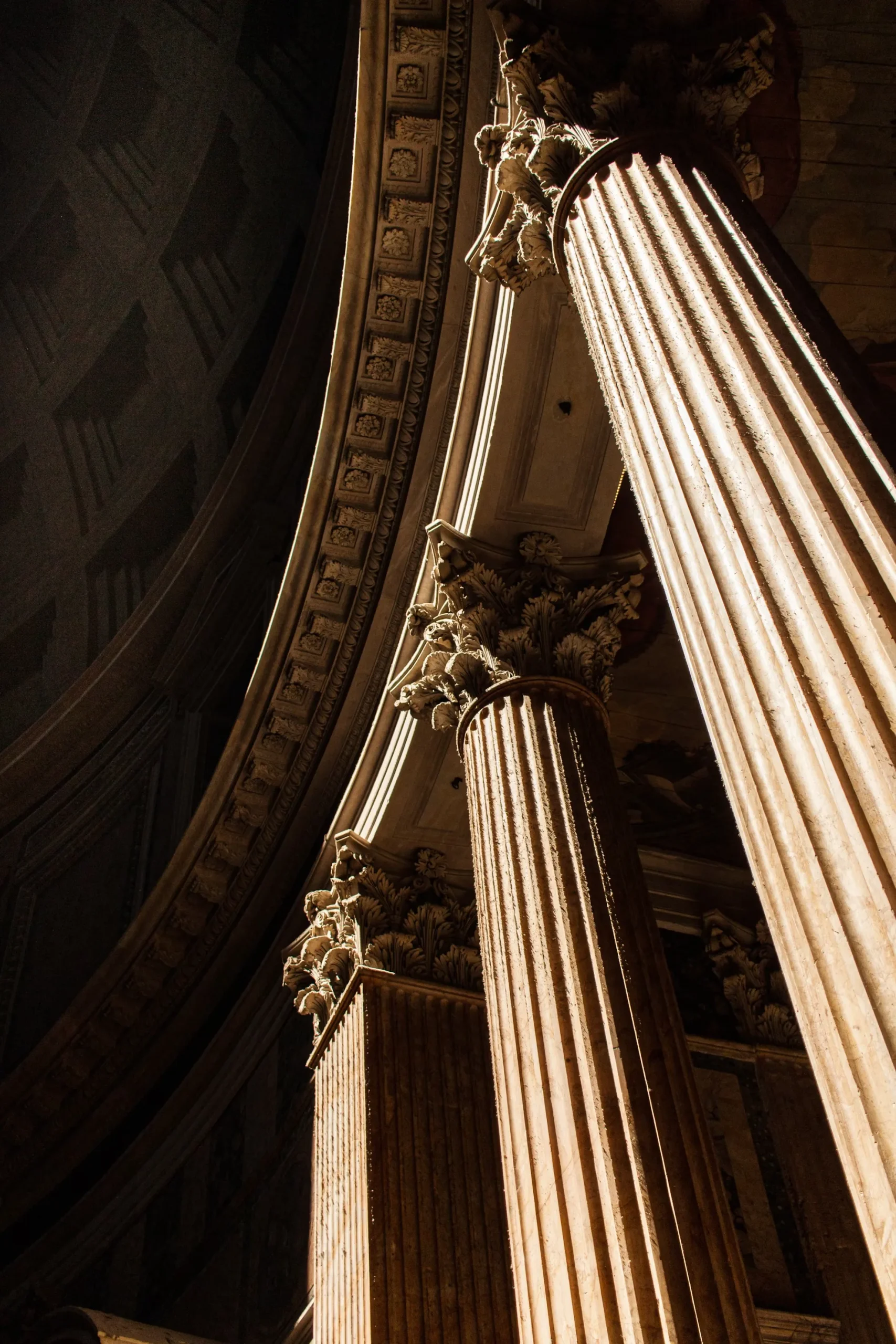
Opus Caementicium, called Roman concrete, is a building material developed and widely used by ancient Romans, especially in marine environments. Influenced by Etruscan and Greek architecture, it evolved with the wide use of Opus Caementicium, transforming the design style of Roman construction. Ancient Romans explored forms and functionality, allowing for enormous spaces and more intricate forms such as arches, domes and vaults.
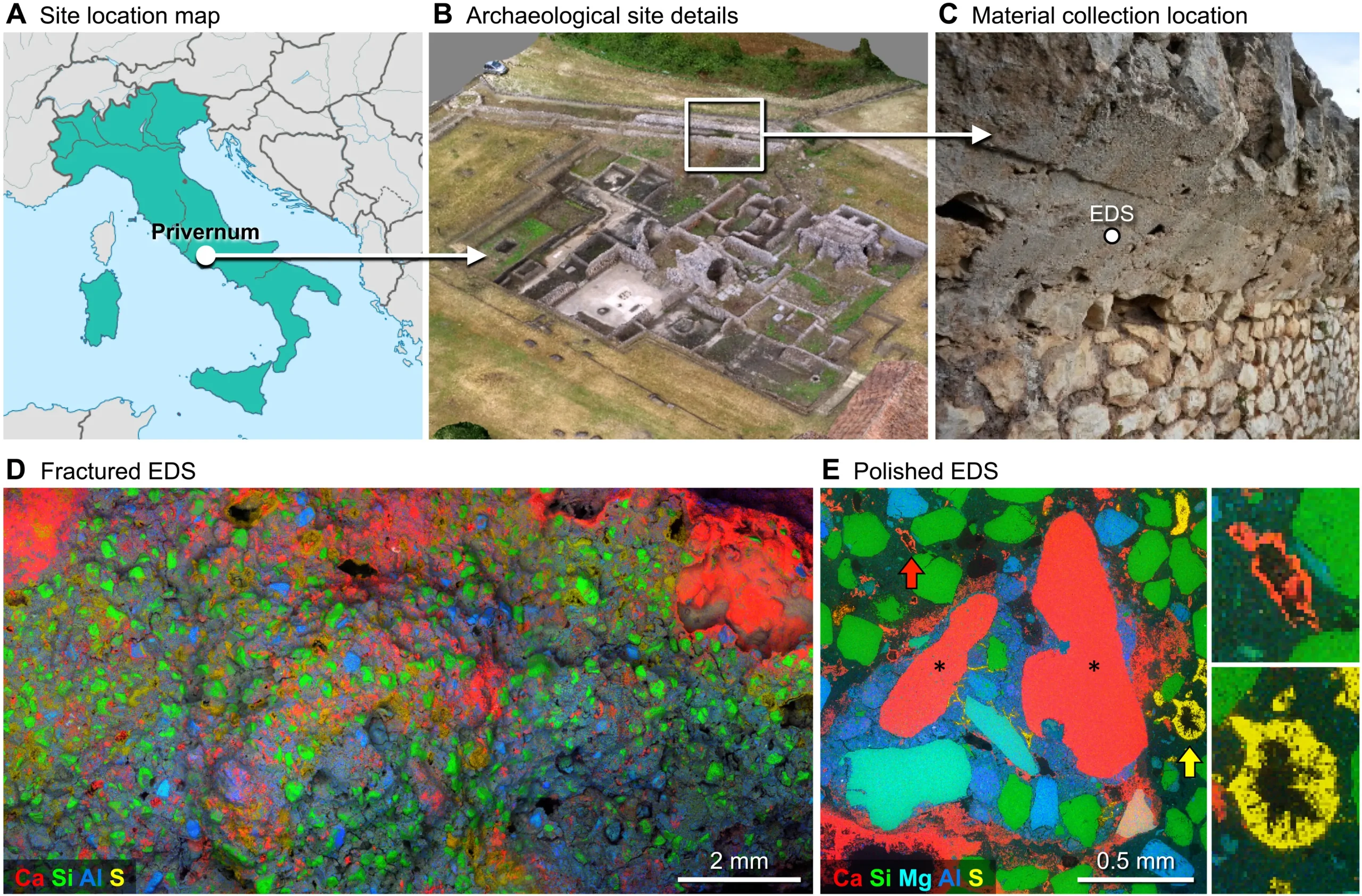
Findings of the Key Ingredients of Roman concrete
- Lime (calcium oxide) -The base of the mix is critical for the concrete’s longevity
- Volcanic ash (especially pozzolana from the Bay of Naples)
- Sea Water
- Small stones or rubble (aggregate)
Self-healing Roman Concrete

It is evident that modern concrete starts to degrade after a few years, while Roman buildings constructed primarily with Roman concrete are still standing for over 2000 years. Researchers found the secret ingredient behind the durability of Roman concrete, and that is the use of pozzolana, Volcanic ash in the proportionate mix. As ash reacts with seawater to create minerals that strengthen the concrete over time, making it incredibly durable.
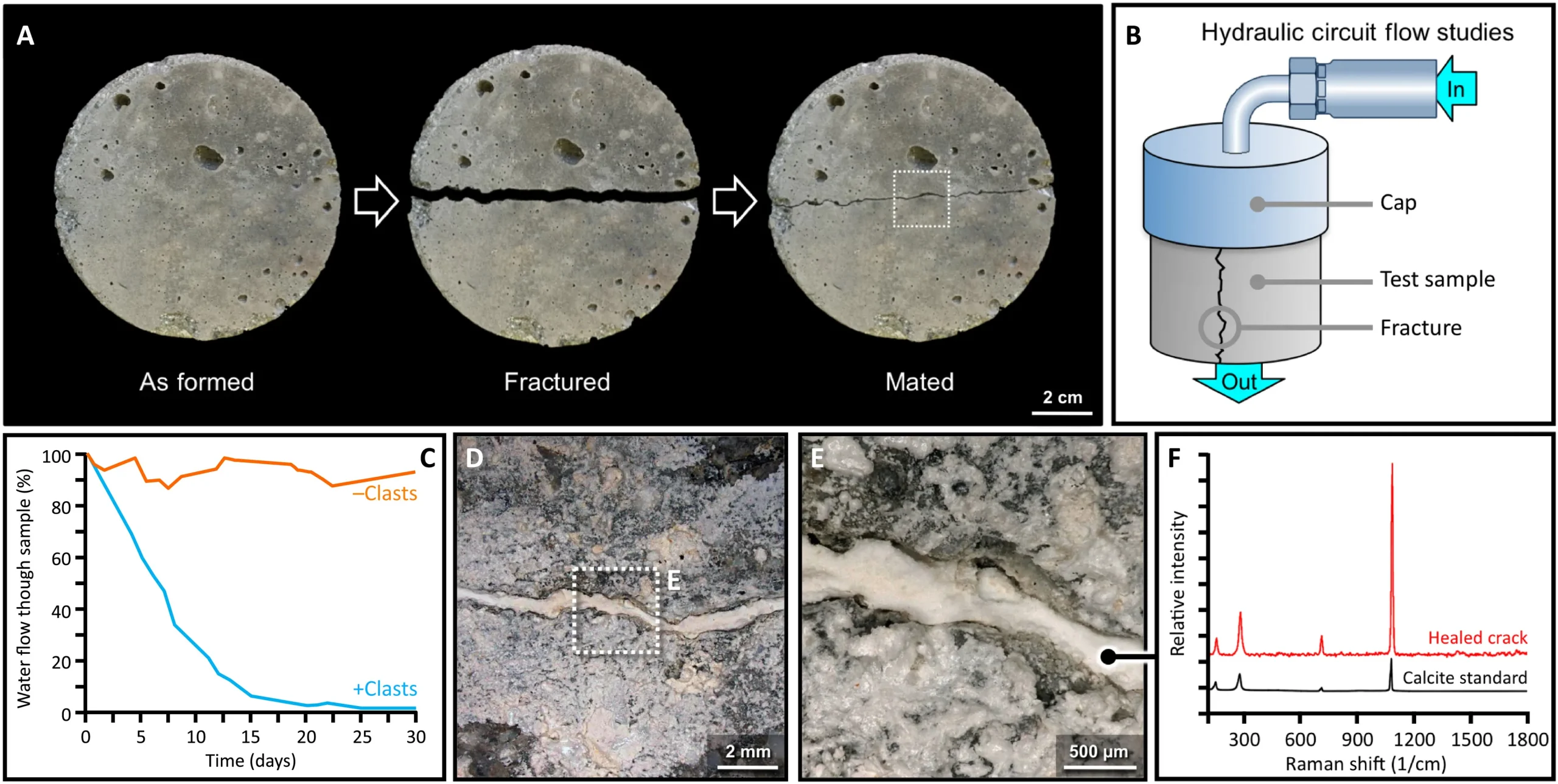
This volcanic ash is rich in a mineral called aluminium tobermorite that forms a crystal, strengthening the material. When volcanic ash reacts with the lime and seawater, it forms a new mixed material known as “calcium-aluminium-silicate-hydrate”. It happens over centuries, and it grows stronger as they interact with the climate. Hence, his reaction makes Roman concrete a self-healing building material, repairing damages or cracks over time.
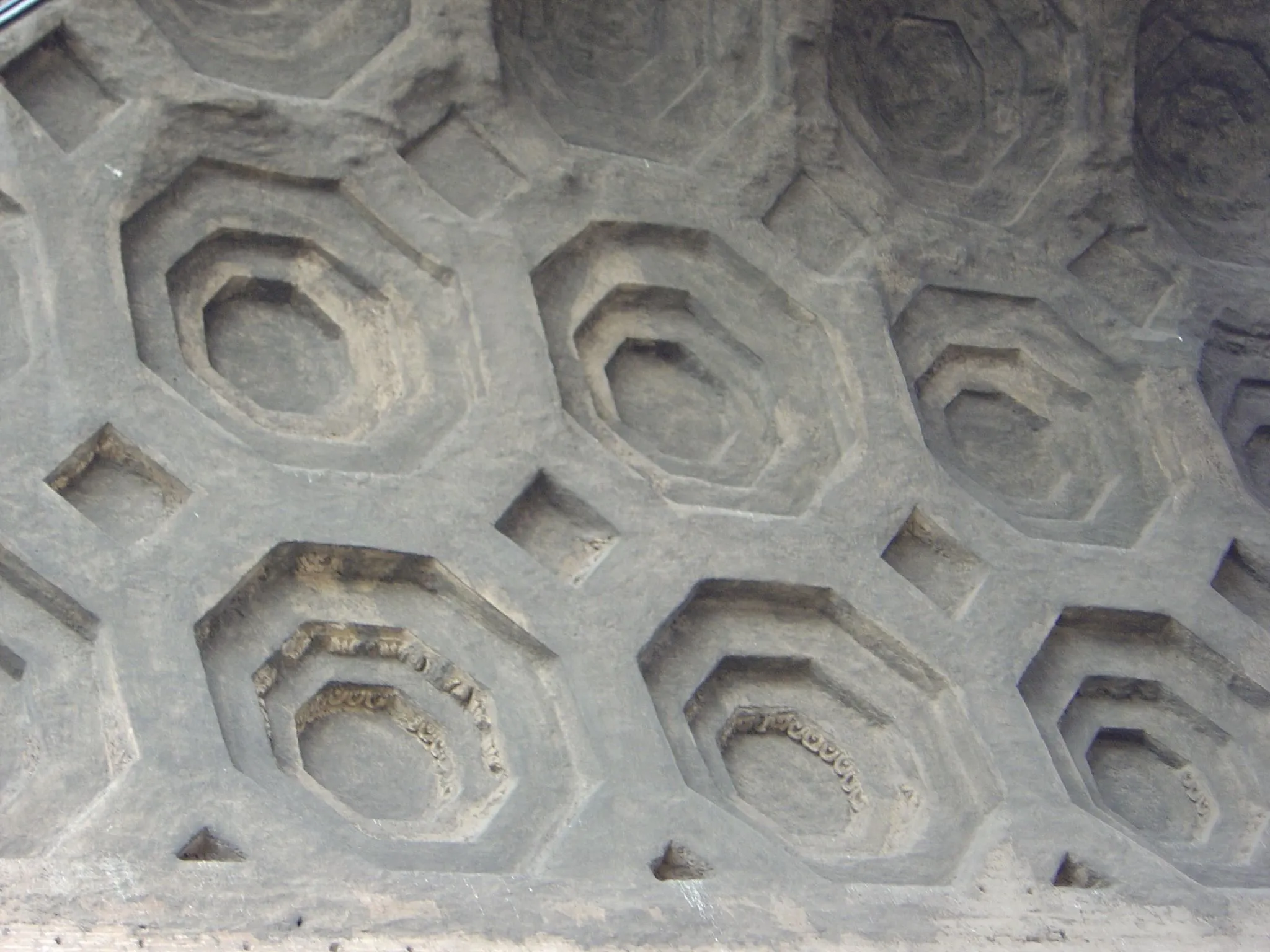
Ancient Romans used a hot mixing method composed of quicklime with pozzolana and water at high temperatures, leading to the creation of lime clasts. The examination of the composition opens up new ways to build eco-friendly building materials. Experimenters studied the chemistry of ancient Roman concrete, which will help to improve modern building materials to reduce carbon footprint and maintenance costs.
Modern sustainable applications
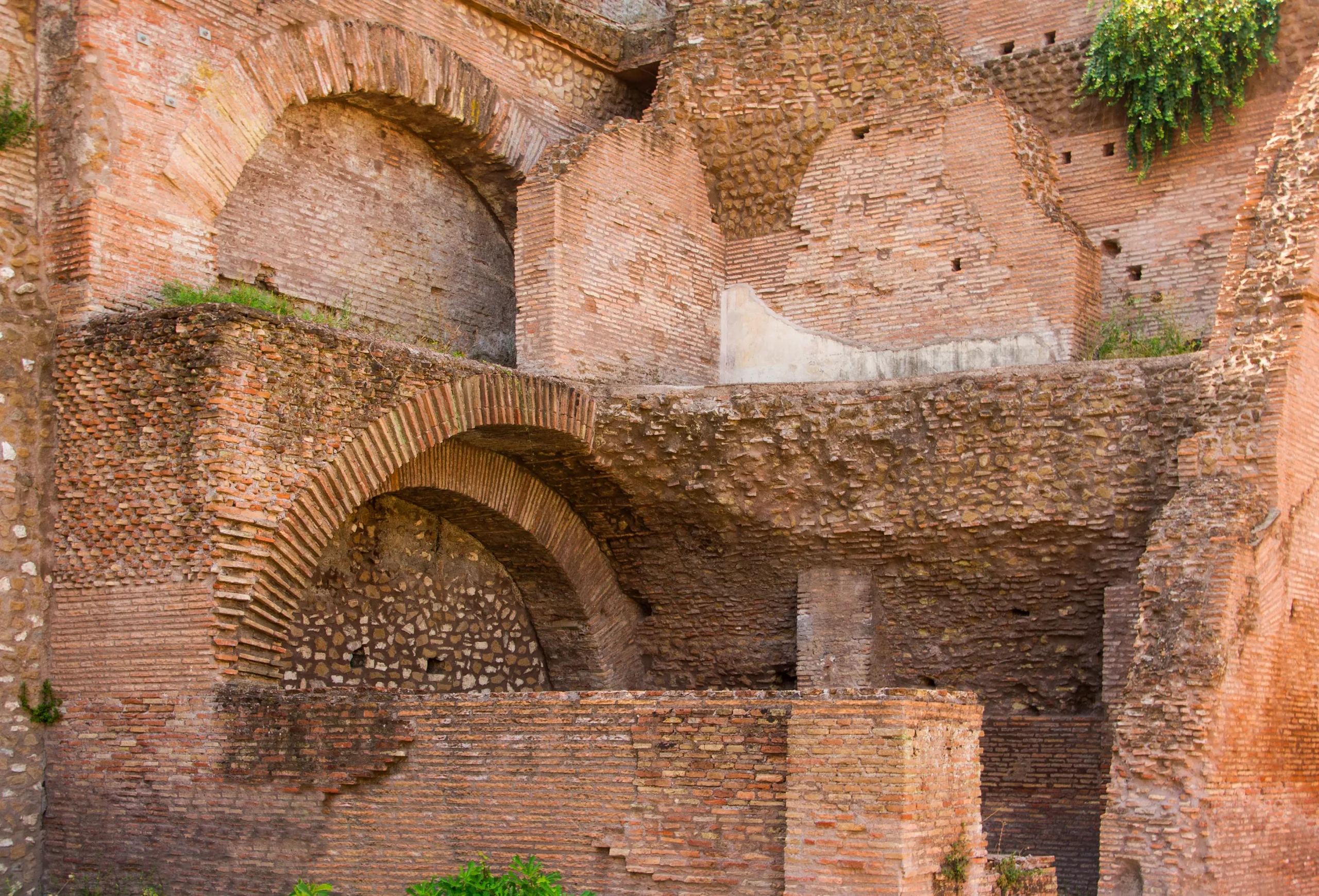
Modern concrete is a significant source of global carbon emissions; applying this discovery can help reduce the environmental consequences of concrete. Currently, researchers are looking forward applying this learning to modern applications, enhancing the mixture of modern concrete in a sustainable and long-lasting way. These findings and scientific experimentation support the research that understanding the chemistry of Roman concrete opens the door to more sustainable and durable construction methods in the future.




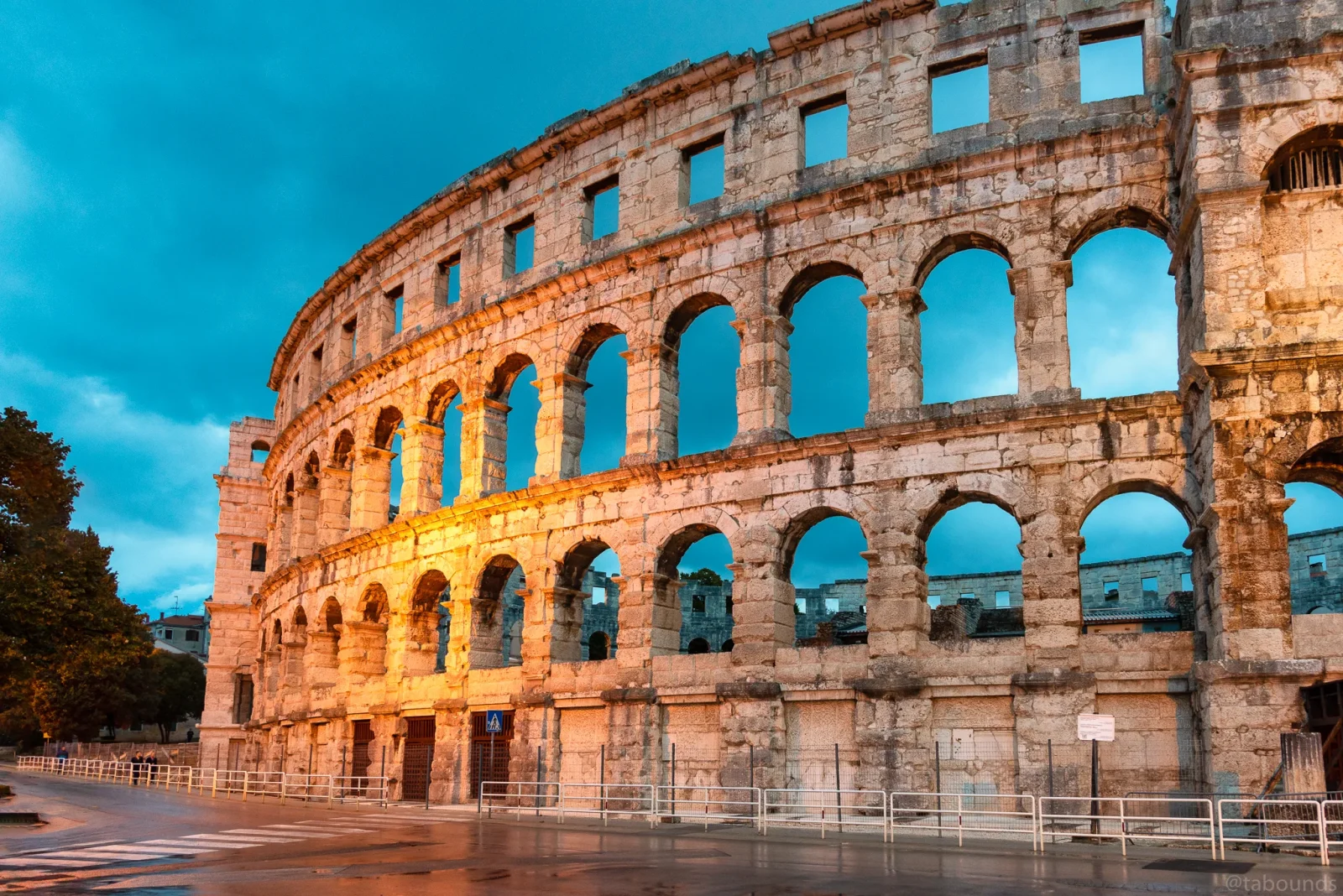









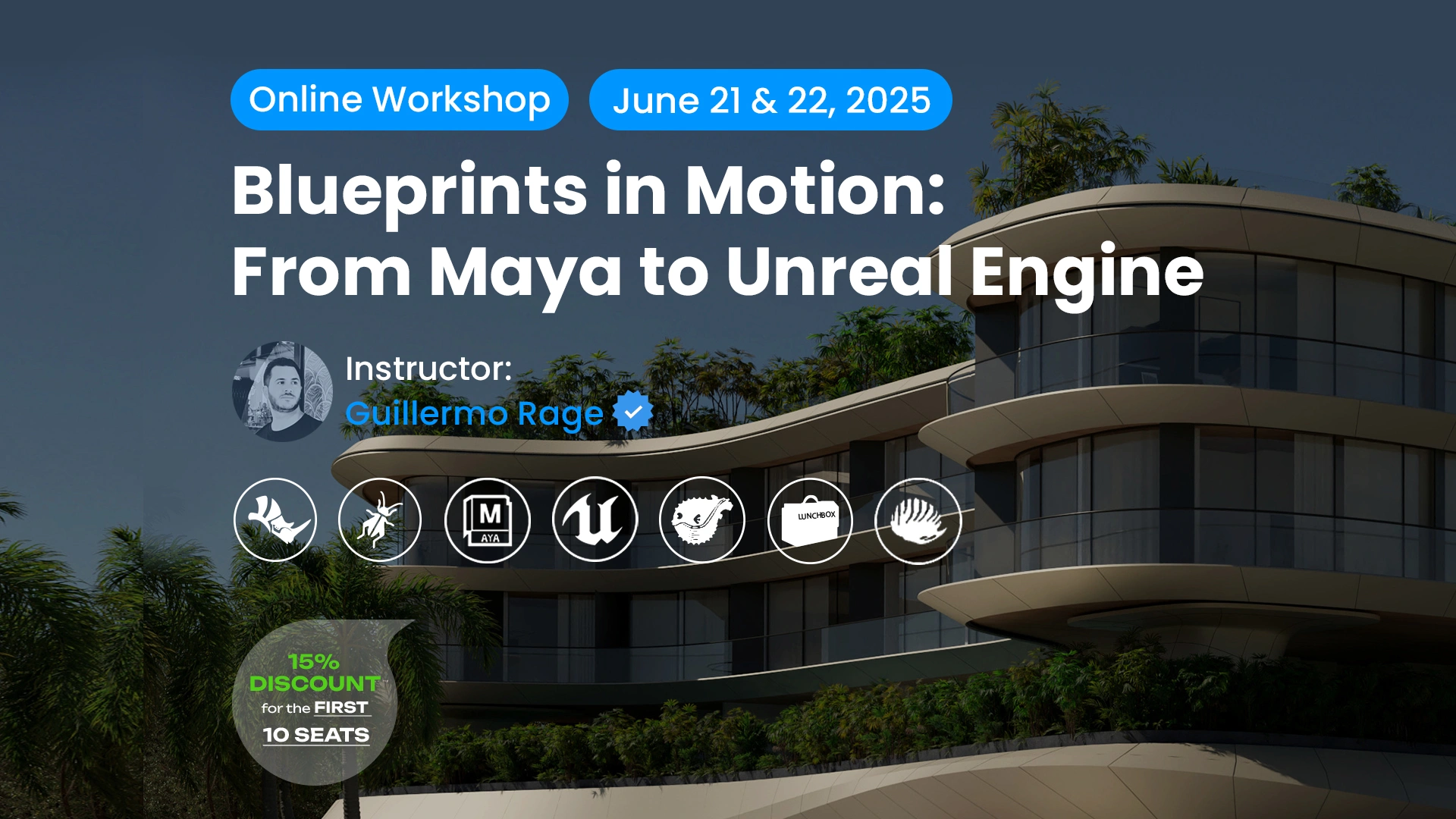











Leave a comment